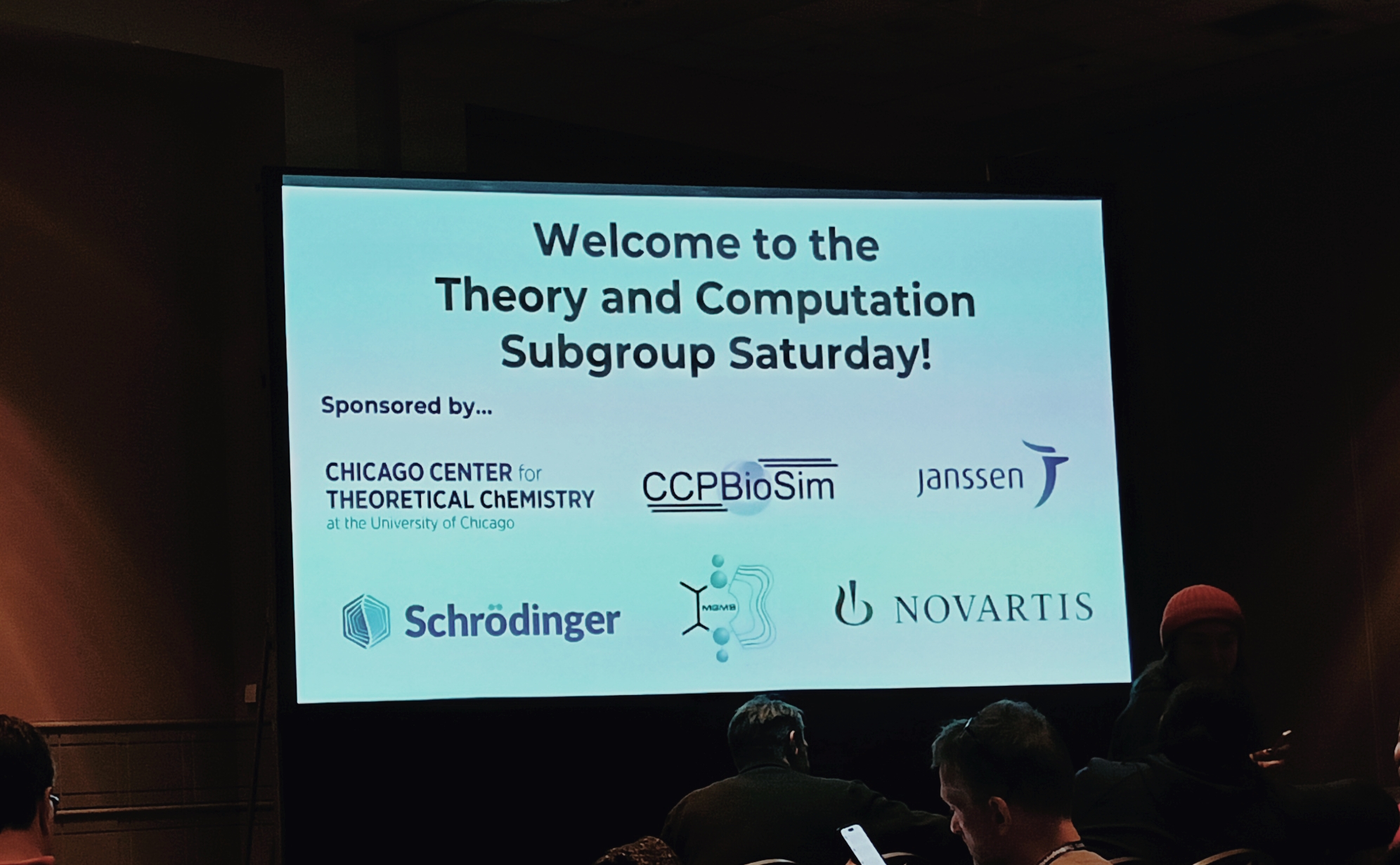
The Biophysical Society (BPS) 2024 meeting in Philadelphia was a bustling hub of scientific exchange and discovery. Among the myriad sessions, one stood out: the Theory and Computation Subgroup meeting, chaired by the dynamic Prof. Rommie Amaro of the University of California, San Diego, who had just been honored as a BPS Fellow this year.
As the session began, Prof. Giulia Palermo from the University of California, Riverside, took the stage to delve into the intricate dynamics of CRISPR-Cas9 with computational methods. Her talk painted a vivid picture of molecular mechanisms, setting the tone for the captivating discussions to follow. Next, Prof. Rosana Collepardo-Guevara, hailing from Cambridge University, USA, mesmerized the audience with her exploration of how proteins regulate the liquid-like organization of chromatin. Her slides seemed to come to life, illustrating complex models with an enchanting clarity. The spotlight then shifted to Prof. Kresten Lindorff-Larsen from the University of Copenhagen, Denmark, whose focus on validating biophysical experiments using simulations shed light on disordered proteins. His newly earned title as a BPS Fellow was met with resounding applause, celebrating his contributions to the field.
Entering the second half of the session, Prof. Jessica Swanson from the University of Utah, USA, introduced novel conceptual and computational tools for understanding ion channels and transporters. Her infectious enthusiasm captivated the audience, igniting curiosity and sparking new ideas. Following her, Prof. Glen Hocky from New York University, USA, enlightened the audience with insights into proteins navigating under pressure. His informative talk was met with appreciation, demonstrating the diverse facets of biophysics explored in the session. Finally, Prof. Lynn Kamerlin from Georgia Tech University, USA, closed the session with a thought-provoking discussion on conformational dynamics and the emergence of new enzymes. Her insights into the intricate molecular details left the audience in awe, highlighting the profound link between theory and experimentation.
As the session concluded, discussions continued, fueled by the inspiration drawn from the exceptional presentations. Each talk, delivered by brilliant minds, illuminated the beauty of science and the limitless potential it holds. The women scientists, in particular, exemplified not only intellect but also grace, serving as inspiring role models for future generations. In essence, the Theory and Computation Subgroup meeting at BPS 2024 was not just a gathering of scientific minds but a celebration of innovation, collaboration, and the relentless pursuit of knowledge. It was a reminder that in the world of biophysics, every discovery, no matter how small, has the power to ignite profound change.